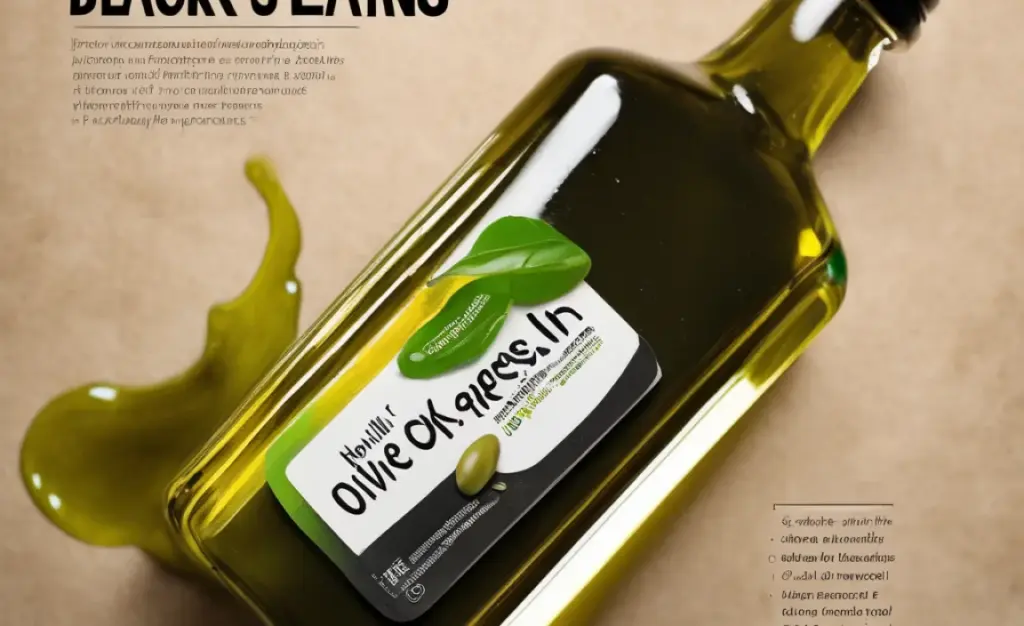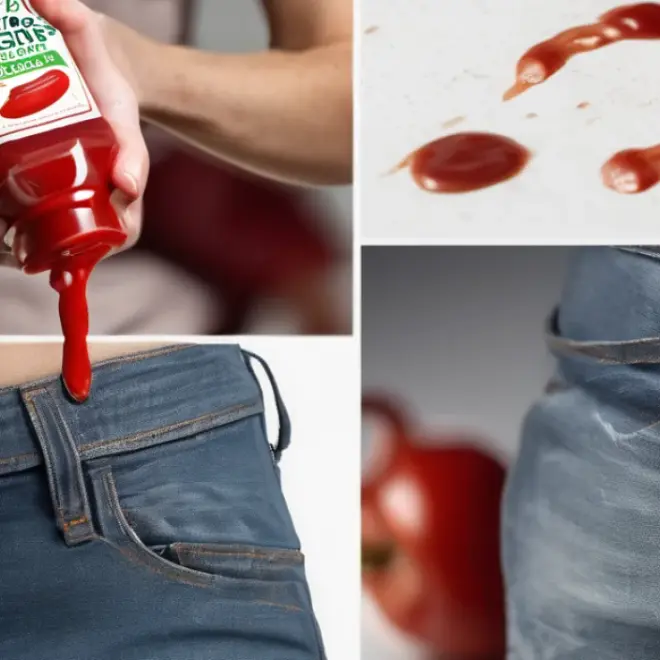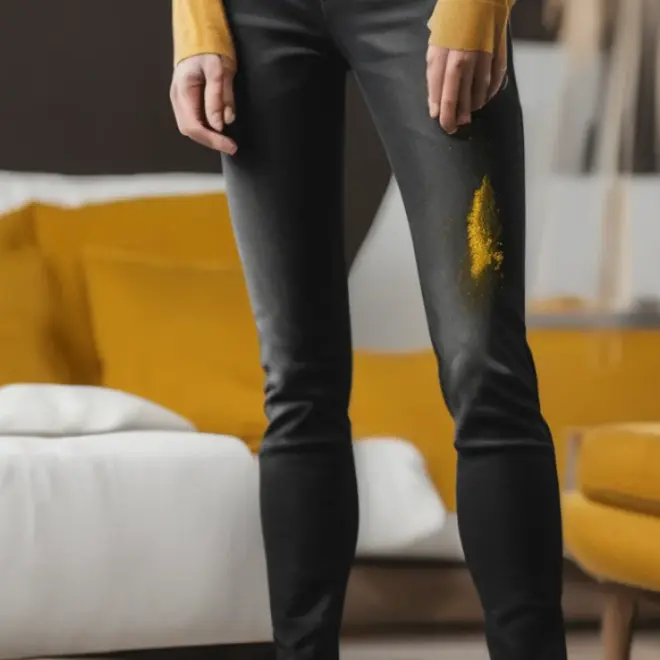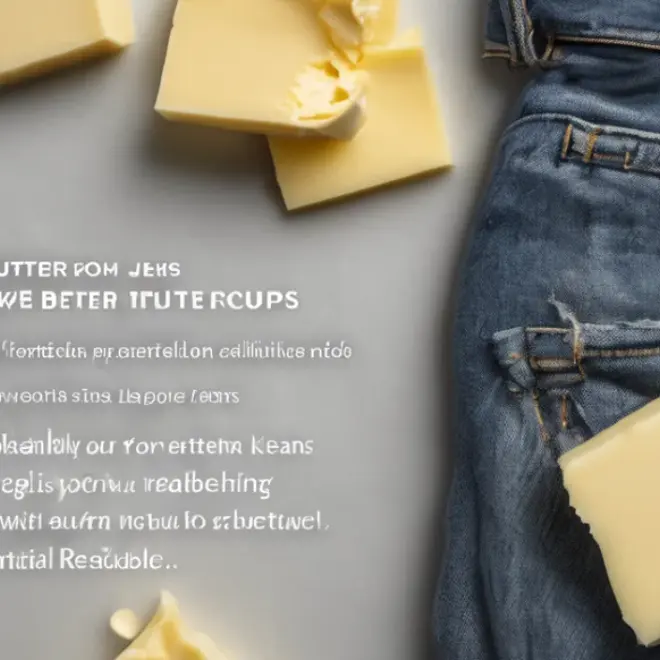Quick Summary: To remove olive oil from black jeans, act fast! Blot the stain, apply an absorbent powder like cornstarch or baking soda, let it sit, then gently brush it off and wash as usual in cold water. For stubborn spots, pre-treat with a small amount of dish soap before washing.
Uh oh, that dreaded moment when a splash of olive oil lands on your favorite black jeans. It happens to the best of us, whether you’re enjoying a meal, cooking up a storm, or just dealing with a leaky bottle. Black denim can be particularly tricky because oil stains can look very obvious at first. But don’t worry! Getting rid of these greasy marks is usually straightforward if you know what to do. This guide will walk you through simple, effective methods to rescue your black jeans, leaving them looking as good as new. We’ll cover everything from immediate action to tackling those tougher stains, so you can get back to wearing your go-to pair with confidence.
Understanding Olive Oil Stains on Black Jeans
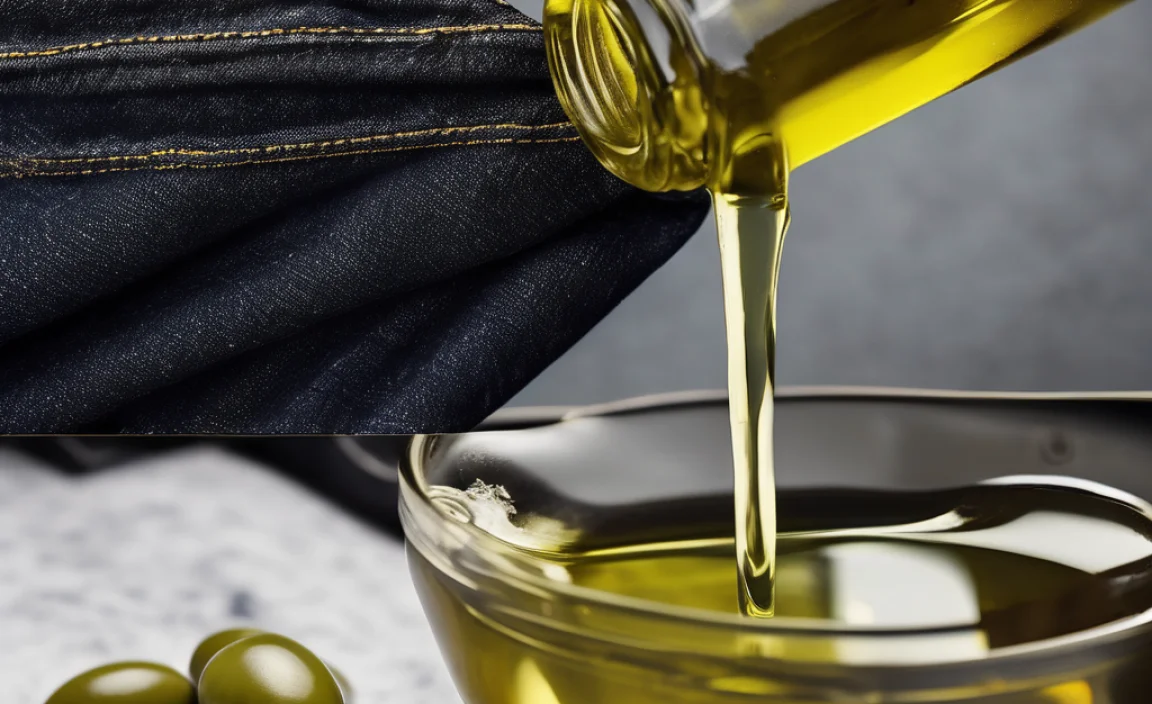
Olive oil, like other cooking oils, is an organic substance. When it spills on fabric, it doesn’t just sit on the surface; it can seep into the fibers. Black denim, while a popular and versatile choice, can make these stains appear more prominent because the oil darkens the fabric, creating a stark contrast that’s hard to ignore. The key to successful stain removal is speed and the right technique. The longer the oil sits, the deeper it penetrates the fabric, making it harder to lift out completely. Fortunately, most common household items are excellent at absorbing and breaking down oil, making this a manageable laundry challenge.
Immediate Action: The First Line of Defense
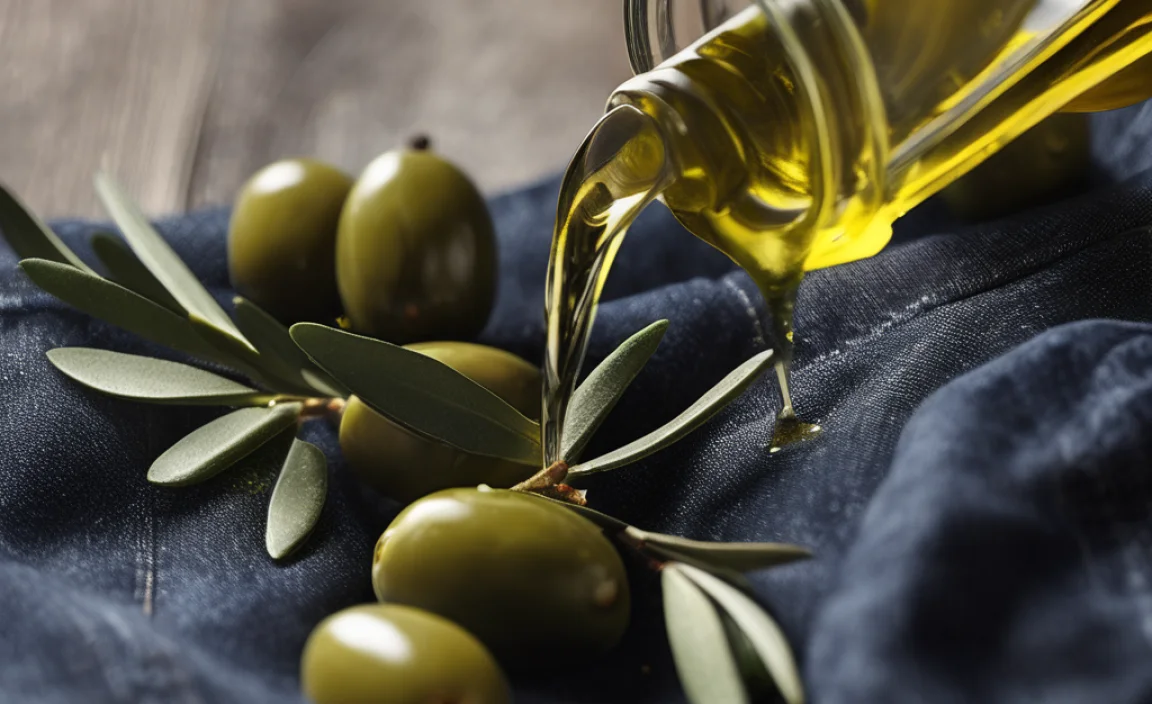
When an olive oil spill happens, your first instinct might be to rub it away, but this is the worst thing you can do. Rubbing can spread the oil and push it deeper into the fabric’s weave. Instead, grab a clean, dry cloth or paper towel and gently blot the excess oil. The goal here is to lift as much of the oil as possible from the surface without spreading it further. Think of it like dabbing a wound; you want to absorb, not rub.
Key Steps for Immediate Action:
- Blot, Don’t Rub: Use a clean, absorbent material (paper towels, clean cloth) to gently press and lift the oil from the fabric surface.
- Work from the Outside In: If you must gently dab, start at the outer edges of the stain and work your way towards the center. This helps prevent the stain from spreading.
- Be Patient: Take your time to absorb as much oil as possible before moving on to the next steps.
The Power of Absorbent Powders

Once you’ve blotted up the excess oil, the next crucial step involves drawing out the oil that has already begun to penetrate the denim fibers. This is where common kitchen staples like cornstarch, baking soda, or even talcum powder come in handy. These powders are incredibly effective at absorbing grease and lifting it from the fabric. They act like tiny sponges, pulling the oil out of the denim’s pores.
Why Absorbent Powders Work:
- Absorption: They have a porous structure that can soak up liquids, especially oily ones.
- Non-Damaging: They are gentle on most fabrics, including black denim, and won’t cause discoloration.
- Readily Available: You likely already have one of these in your pantry.
Method 1: Using Cornstarch or Baking Soda
This is a tried-and-true method that is highly effective for fresh olive oil stains. Cornstarch is a fantastic absorbent, and baking soda has mild alkaline properties that can help break down the oil. For best results, apply the powder as soon as possible after the spill.
Materials You’ll Need:
- Cornstarch or Baking Soda
- A soft brush (like an old toothbrush or pastry brush)
- A clean cloth or paper towel
Step-by-Step Guide:
- Blot the Stain: If you haven’t already, gently blot up any excess oil with a clean cloth or paper towel.
- Apply the Powder: Generously sprinkle a thick layer of cornstarch or baking soda directly onto the oily spot, ensuring it completely covers the stain.
- Let It Sit: Allow the powder to work its magic for at least 30 minutes to an hour. For stubborn or older stains, you can leave it on for several hours, or even overnight. You’ll notice the powder clumping or changing color as it absorbs the oil.
- Brush Away: Gently brush off the powder using a soft brush. You should see that the powder has absorbed a significant portion of the oil, and the stain appears lighter.
- Inspect: Check the area. If a greasy mark remains, repeat the powder application process.
- Launder: Once you’re satisfied, proceed to wash the jeans as usual.
Method 2: Using Talcum Powder
Similar to cornstarch and baking soda, talcum powder is an excellent absorbent. It’s fine texture allows it to get into the fabric weave and pull out the oil effectively. Ensure you use plain talcum powder without added dyes or fragrances, as these could potentially stain the jeans.
Materials You’ll Need:
- Plain Talcum Powder
- A soft brush
- A clean cloth or paper towel
Step-by-Step Guide:
- Blot and Prepare: Gently blot any excess oil from the affected area.
- Apply Talcum Powder: Cover the entire oil stain with a generous amount of talcum powder.
- Allow Absorption: Let the powder sit on the stain for at least an hour. For tougher stains, leave it overnight for maximum oil absorption.
- Remove Powder: Gently brush away the talcum powder with a soft brush.
- Proceed to Washing: After removing the powder, check for any remaining greasiness and then wash the jeans.
Pre-Treating Tough Stains
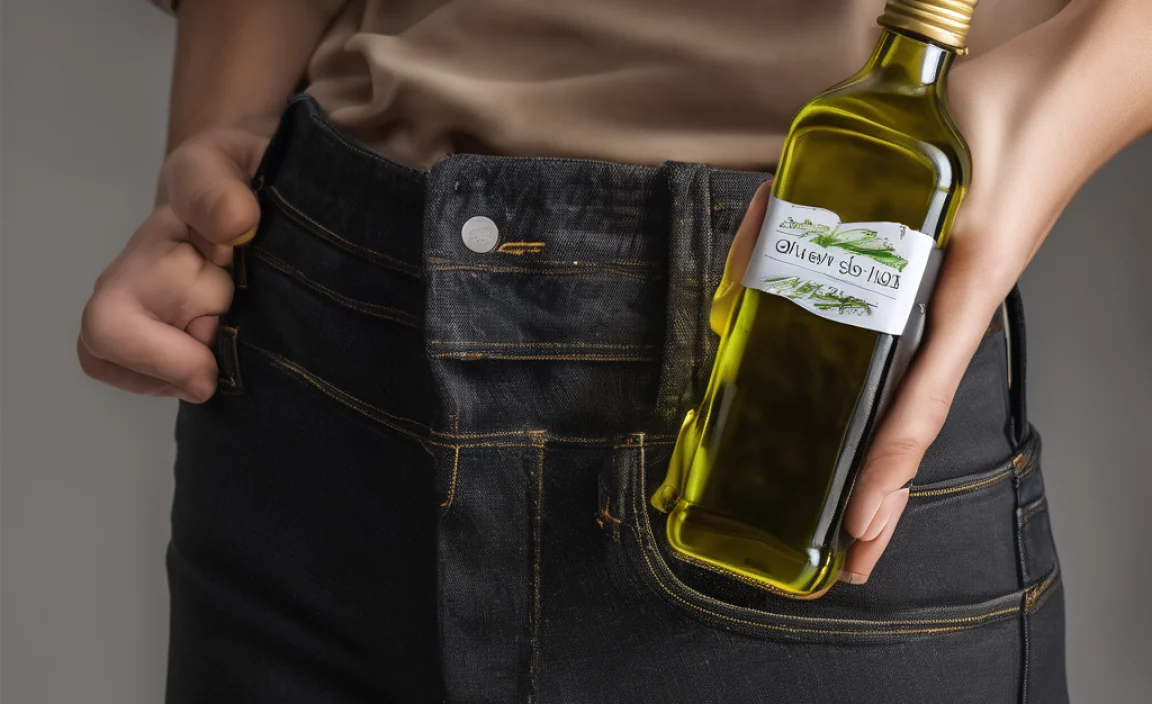
Sometimes, even after using absorbent powders, a faint greasy residue or mark might remain, especially if the stain was large or left untreated for a while. In these cases, a pre-treatment step before washing is essential. The best choice for tackling oil-based stains like olive oil is a good-quality dish soap.
Dish Soap: The Grease-Fighting Hero
Dish soap is specifically formulated to cut through grease and oil. It makes sense to use it on fabric stains caused by oil. Many dish soaps are surprisingly gentle and effective on clothing, and they are readily available in most households.
Why Dish Soap is Your Ally:
- Emulsification: Dish soap works by breaking down the oil into smaller droplets (emulsifying them) that can then be rinsed away with water.
- Effective on Grease: Its primary job is to tackle kitchen grease, so it’s naturally suited to oily stains.
- Gentle Option: Clear or dye-free dish soaps are generally safe for colored fabrics like black jeans.
For more information on the science behind stain removal, you can explore resources from university extension offices, which often provide excellent fabric care advice.
Method 3: Pre-Treating with Dish Soap
This method is ideal for stains that persist after the initial powder treatment or for stains that are a bit older.
Materials You’ll Need:
- Liquid dish soap (preferably clear or dye-free)
- A soft brush (e.g., old toothbrush)
- Water
Step-by-Step Guide:
- Apply Dish Soap: Apply a small amount of liquid dish soap directly onto the oily stain on your black jeans.
- Gently Work It In: Use your fingers or a soft brush to gently work the dish soap into the stained fibers. Be careful not to scrub too aggressively, as this can damage the fabric or spread the stain.
- Let It Sit: Allow the dish soap to penetrate the stain for about 5-10 minutes.
- Rinse (Optional but Recommended): You can rinse the treated area with a little cool water to help lift some of the loosened oil and soap before washing.
- Wash: Proceed to wash your jeans as per the care label instructions. Make sure to use cold water.
Washing Your Black Jeans After Treatment
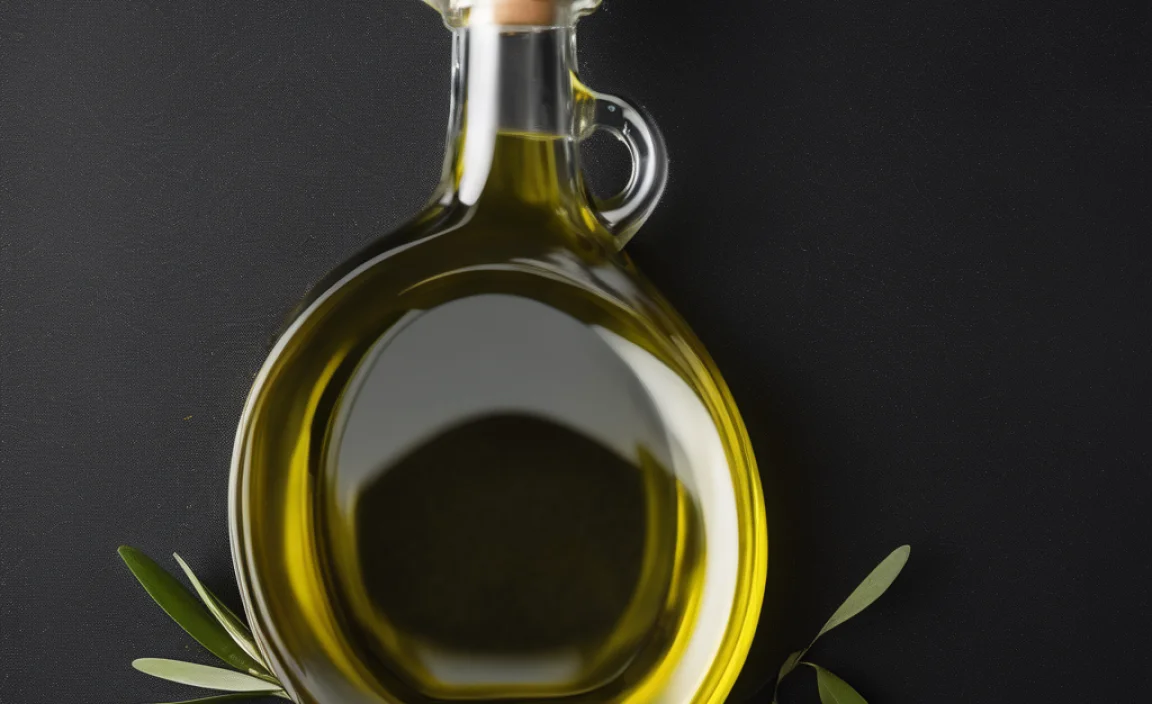
Proper washing is key to fully removing the olive oil stain and preventing it from setting back in. Always follow the care label on your jeans to ensure you’re using the right settings and water temperature.
Washing Tips for Black Denim
Black jeans can be prone to fading, so it’s important to wash them carefully. Using cold water is especially crucial for oil stains and for preserving the color of black denim.
- Use Cold Water: Always wash olive oil stains and black jeans in cold water. Hot water can set oil stains and cause black fabric to fade more quickly.
- Gentle Cycle: If possible, select a gentle wash cycle on your washing machine.
- Mild Detergent: Use your regular laundry detergent, but avoid any with bleach or harsh chemicals. For really dark colors, a detergent designed for darks can help maintain the color.
- Wash Inside Out: Turn your jeans inside out before washing. This protects the outer surface from abrasion and helps prevent fading.
- Avoid Fabric Softeners: Fabric softeners can sometimes interfere with stain removal and can build up on the fabric over time.
The Crucial Post-Wash Check
After the wash cycle is complete, resist the urge to put your jeans directly into the dryer. The heat from a dryer can permanently set any remaining oil stain, making it almost impossible to remove later. Instead, inspect the stained area carefully while the jeans are still wet.
What to Look For:
- Any remaining oily sheen or mark.
- Faint discoloration on the formerly stained area.
If the stain is still visible, repeat the pre-treatment and washing steps. Don’t dry until the stain is completely gone!
Drying Your Jeans
Once you’ve confirmed the stain is gone, you can proceed with drying. Air drying is always the gentlest option for preserving fabric quality and color.
Air Drying vs. Machine Drying
Air Drying:
- Pros: Best for fabric longevity, color retention, and preventing stain setting.
- Cons: Takes longer, denim can become stiff if not handled properly.
To air dry, hang your jeans on a clothesline or drying rack, preferably out of direct sunlight which can fade colors. You can gently shake them out periodically to help them soften as they dry.
Machine Drying (Low Heat):
- Pros: Faster drying time.
- Cons: Risk of heat setting residual stains, potential for fading.
If you must use a dryer, use the lowest heat setting possible or the air-only setting. Remove the jeans as soon as they are dry. Some people like to tumble dry jeans on a low heat setting for a few minutes to soften them after air drying.
Dealing with Older or Set-In Stains
Olive oil stains that have been left for days or weeks, or have gone through the dryer, are more challenging. They have had more time to bond with the fabric fibers. However, they are not always impossible to remove. Persistence and sometimes a combination of methods are key.
Advanced Stain Fighting Techniques
For stubborn, old stains, you might need to explore slightly more potent solutions.
- Enzyme-Based Stain Removers: Look for stain removers that contain enzymes specifically designed to break down organic matter like cooking oils. Follow the product instructions carefully. These are often very effective but check if they are safe for black denim.
- Oxygen Bleach (Color-Safe Bleach): Products like OxiClean are generally safe for colors and can help lift stubborn stains when used according to package directions. Always test on an inconspicuous area first.
- Solvent-Based Cleaners: In extreme cases, commercial dry-cleaning solvents might be considered, but these should be used with extreme caution and only if other methods fail, due to potential fabric damage or skin irritation. Always ventilate well.
When using any stronger stain remover, it’s critical to:
- Test First: Always test the product on an inside seam or hidden area of the jeans to ensure it doesn’t affect the color or fabric.
- Follow Instructions: Adhere strictly to the manufacturer’s guidelines for application and dwell time.
- Rinse Thoroughly: Make sure to rinse out the product completely before washing.
Preventing Future Olive Oil Stains
Prevention is always better than cure! While accidents happen, being mindful can significantly reduce the likelihood of future olive oil mishaps on your favorite black jeans.
- Wear an Apron: When cooking or eating meals that might be messy, always wear an apron.
- Be Mindful When Pouring: Use extra care when pouring olive oil from bottles, especially when they’re new or if the cap is loose.
- Wipe Up Spills Immediately: Get into the habit of having paper towels or a cloth handy in the kitchen and dining areas to deal with spills instantly.
- Consider Protective Treatments: Some fabric protectors can offer a degree of stain repellency, though their effectiveness against heavy oil spills can vary.
Table: Stain Removal Method Comparison
Here’s a quick look at the effectiveness and usability of different methods for removing olive oil from black jeans.
| Method | Best For | Pros | Cons | Ease of Use |
|---|---|---|---|---|
| Blotting & Absorbent Powders (Cornstarch, Baking Soda, Talc) | Fresh spills | Gentle, readily available, highly absorbent | May not remove very old/set-in stains alone | Very Easy |
| Dish Soap Pre-Treatment | Persistent fresh stains, slightly older stains | Excellent grease-cutting power, readily available | Requires rinsing, can be slightly harsher than powder | Easy |
| Enzyme-Based Stain Removers | Older, more set-in stains | Breaks down organic matter effectively | Requires purchase, always test for colorfastness | Moderate |
| Oxygen Bleach (Color-Safe) | Stubborn stains, especially if discoloration is present | Brightens and lifts stains, generally color-safe | Requires purchase, must test for colorfastness, can be harsh if overused | Moderate |
Frequently Asked Questions (FAQ)
Q1: How quickly should I treat an olive oil stain on black jeans?
The faster you treat it, the easier it will be to remove. Aim to blot and apply an absorbent powder within minutes of the spill. Fresh stains are significantly easier to lift than those that have sat for a while.
Q2: Can I use regular laundry detergent to remove olive oil?
Regular laundry detergent is part of the washing process but isn’t usually sufficient on its own for a direct olive oil stain. It’s best used after pre-treating with an absorbent powder or dish soap. Make sure your detergent is color-safe for black denim.
Q3: Will applying cornstarch damage my black jeans?
No, cornstarch is a very gentle natural product and is safe to use on most fabrics, including black denim. It effectively absorbs oil without damaging the fibers or affecting the color.
Q4: What if the stain doesn’t come out after the first wash?
Don’t despair! Stains, especially oil stains on dark fabric, can be stubborn. Do not put the jeans in the dryer. Instead, repeat the pre-treatment steps (dish soap or a stronger stain remover) and wash them again in cold water. Persistence is key.
Q5: Is it safe to use hot water to try and remove the stain?
Absolutely not. Hot water can bind the oil to the fabric fibers, setting the stain permanently. It can also cause black denim to fade. Always use cold water for treating and washing oil stains on dark clothing.
Q6: Can I use a stain remover pen on olive oil stains on black jeans?
Some stain remover pens can be effective, but always check the product label to ensure it’s suitable for


